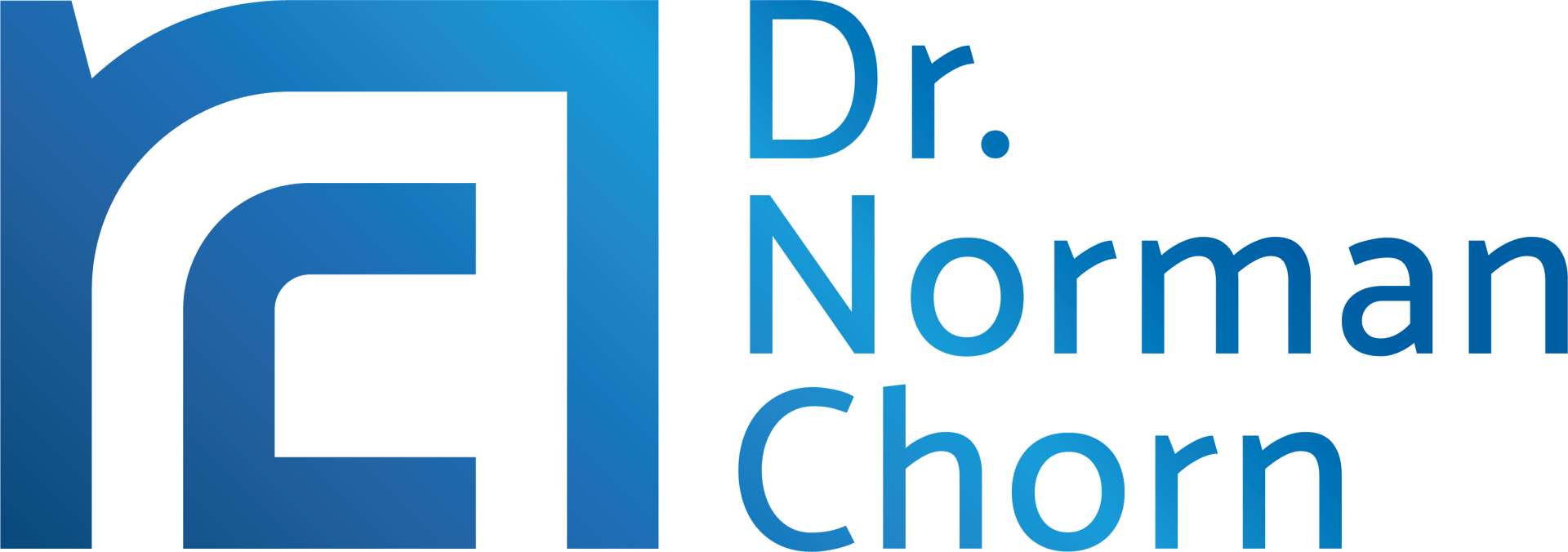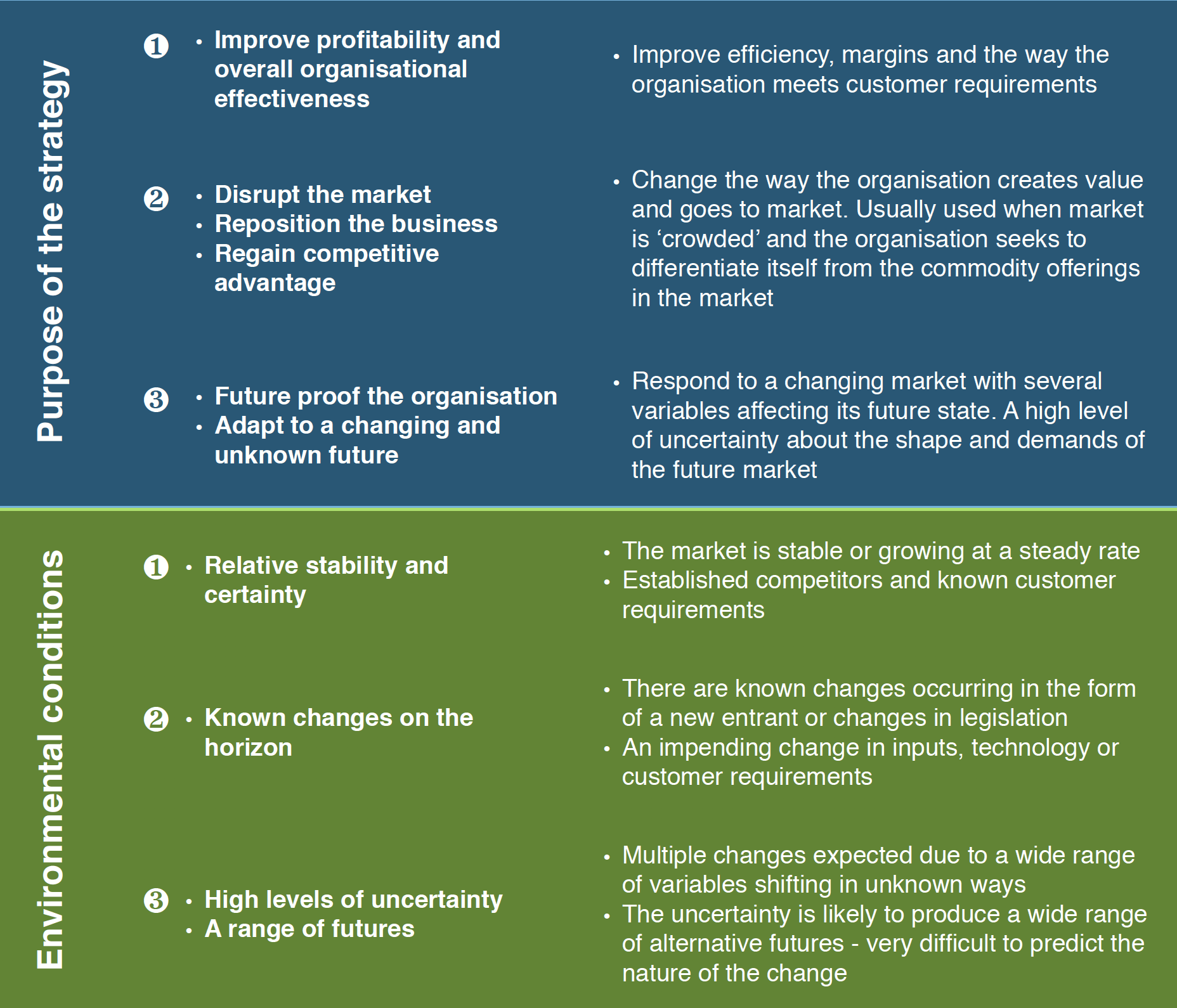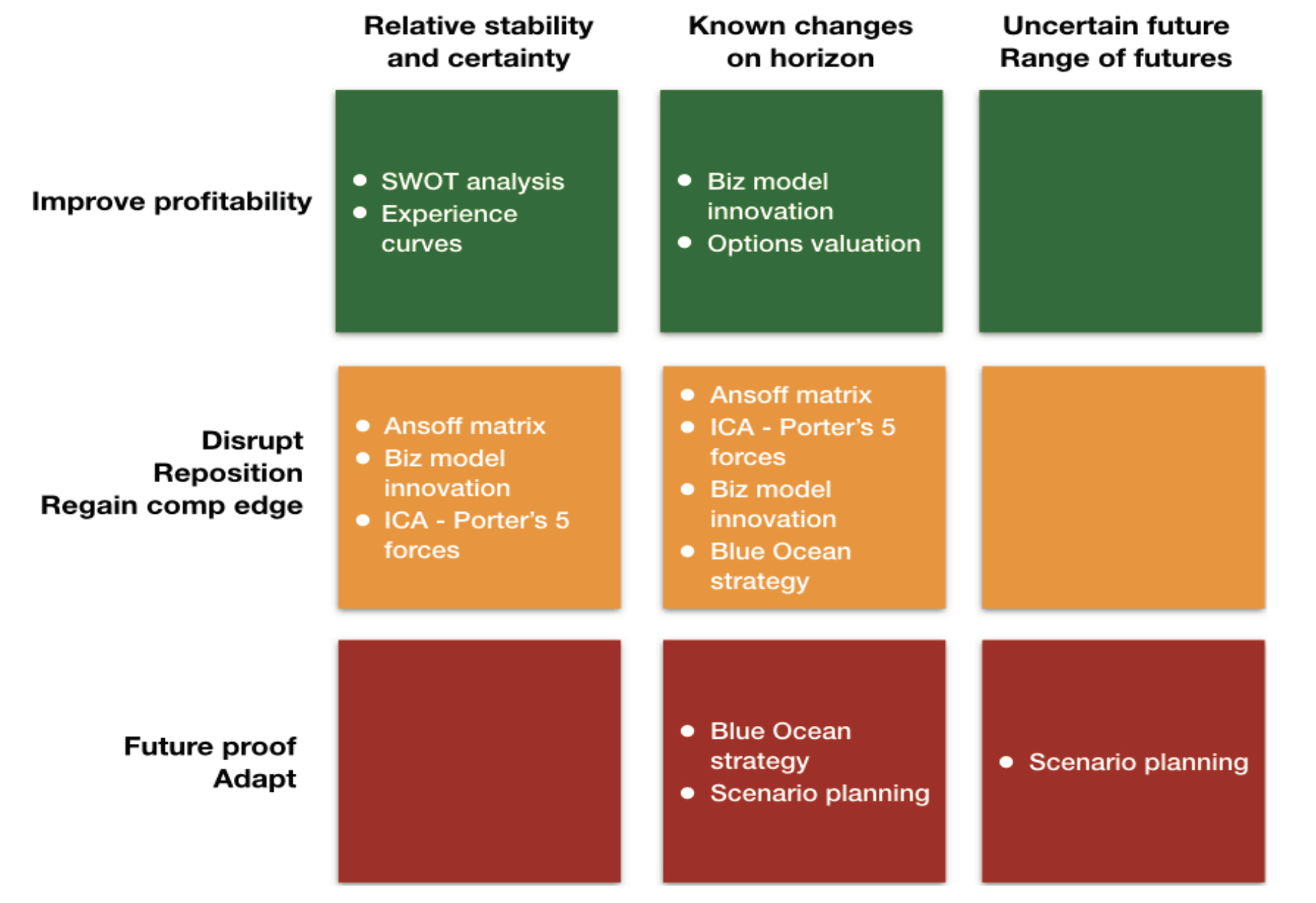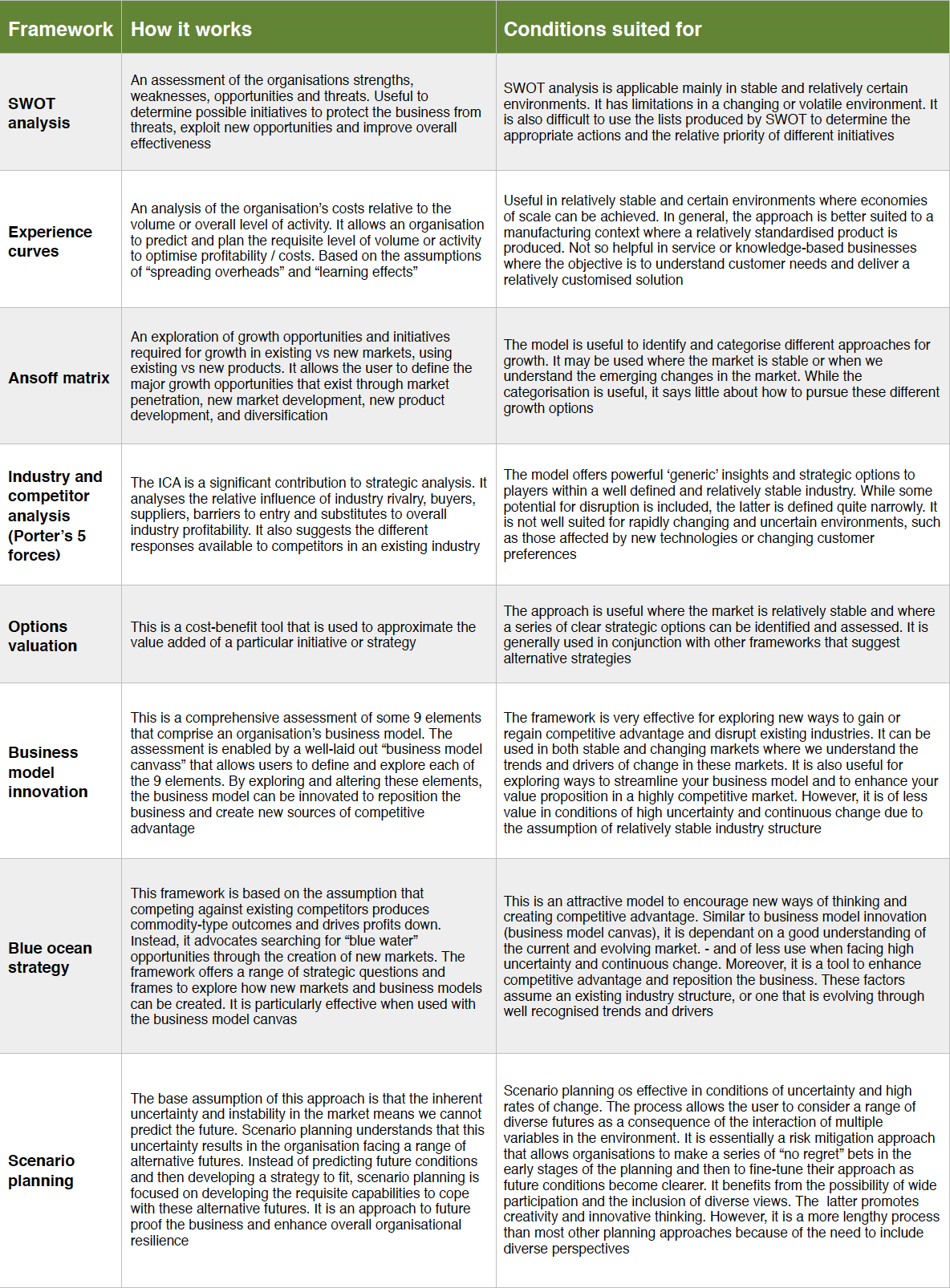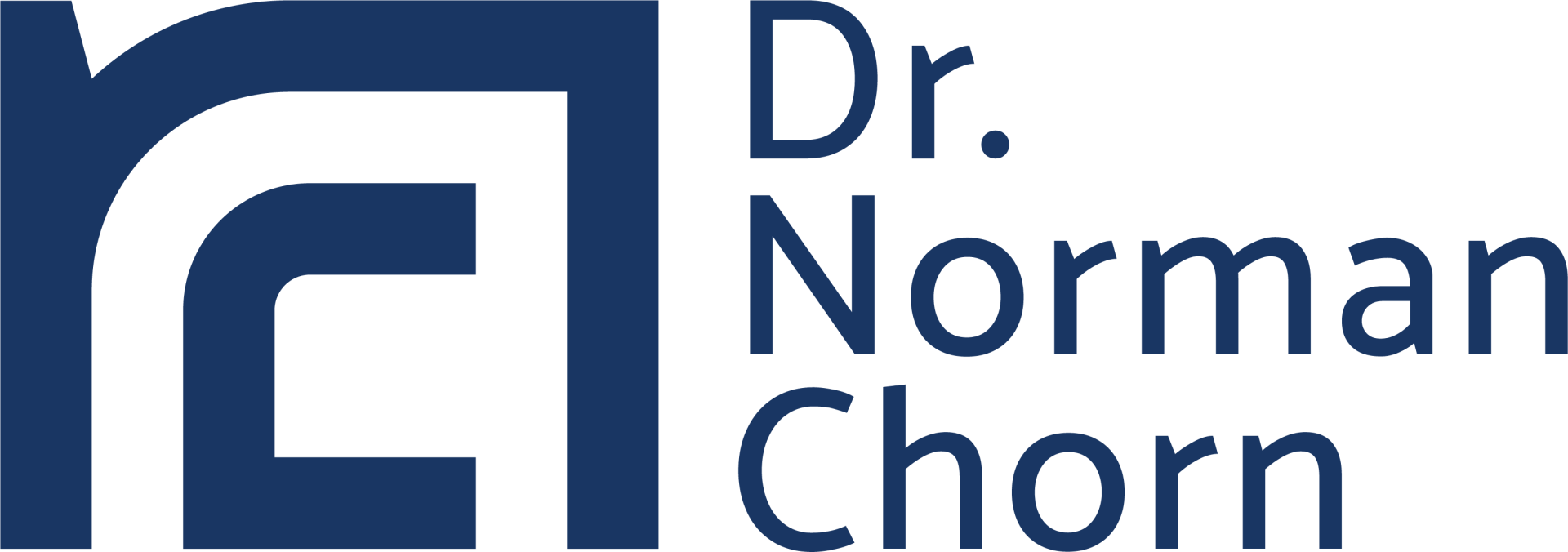What's This About?
When Adam Smith wrote his book The Wealth of Nations in 1776 (1), he coined the term “invisible hand” to describe the invisible forces that cause markets to move towards an equilibrium of supply and demand. It has become a basic tenet of economics, and describes one of the underlying assumptions of the free market.
In other words, when policy makers choose a free market as their preferred system of resource allocation, they make the underlying assumption that this “invisible hand” will guide the market towards a state of equilibrium (2). Similarly, any tool or framework used in the development of strategy has a series of underlying assumptions - often invisible to the users. And these tools can shape the outcome of the exercise, irrespective of the intentions of the organisation!
So, my contention is that we need to become aware of these underlying assumptions, and ensure that the framework and tool we choose suits our overall intentions and the prevailing environmental conditions. Otherwise, our strategy may well produce a series of unintended consequences and fail to achieve our intended goals.
Strategy And Underlying Assumptions
Strategy is a learning process - rather like a game of chess. Each time you or any other player makes a move, the chess board changes and you have to rethink your approach. So, it's about diagnosing the situation from a systems perspective, forming an overall philosophy about how to deal with the challenge, and then planning a coherent sequence of actions to put your philosophy into practice.
Each time you diagnose the situation and form your approach, you do so by using an explicit or implicit framework / tool to guide your thinking. These frameworks and tools are generally underpinned by two sets of assumptions about:
- the intention or purpose behind the strategy
- the prevailing environmental conditions.
Simply put, these assumptions can be summarised as follows:
We can use these two sets of assumptions to assist in choosing the right framework or tool for your strategy.
Selecting The Appropriate Strategy Framework
The matrix below suggests a series of approaches that fit the different assumptions about your intentions and environmental conditions:
We have assessed eight popular approaches for developing insights and forming strategy. Each has been analysed in terms of their underlying assumptions and applicability for your purpose, as well as the prevailing market and environmental conditions.
The key takeout from this analysis? Check the overarching reason and purpose behind your strategy exercise, and ensure that the approach you are using suits this purpose as well as the prevailing conditions in the market.
See the appendix for a more detailed description of the different framework and tools for the development of strategy.
Appendix: Eight popular strategy frameworks
References
(1)An Inquiry into the Nature and Causes of The Wealth of Nations, A Smith, W Strahan, London, 1776
(2) My example here should not be taken as an acceptance or rejection of the free market principle. I refer to 2 this purely as an illustration of the “invisible hand”
About the Author
Dr Norman Chorn is a highly experienced business strategist helping organisations and individuals be resilient and adaptive for an uncertain future. Well known to many as the ‘business doctor’!
By integrating the principles of neuroscience with strategy and economics Norman achieves innovative approaches to achieve peak performance within organisations. He specialises in creating strategy for the rapidly changing and uncertain future and can help you and your organisation.
Subscribe to our regular articles, insights and thought leadership


